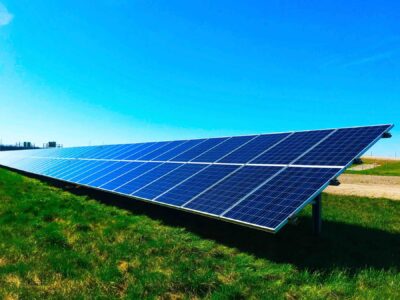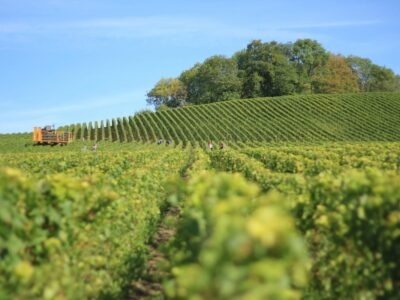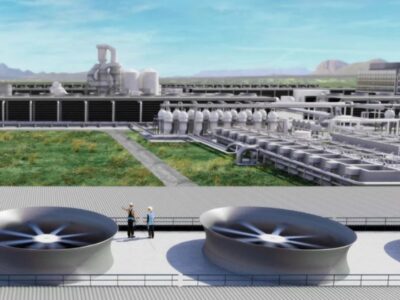Sustainability-linked loans (SLLs) “look to improve the borrower’s sustainability profile over the term of the loan” by incentivizing the borrower to achieve environmental or social targets. Although the pandemic temporarily hampered the SLL market, Sustainalytics notes they came back with a vengeance to close out 2020 at $120 billion, followed by 41 deals in the first two months of 2021 alone. The most notable among those deals is the $10.1 billion sustainability-linked loans revolving credit facility (SLL RCF) awarded to brewing and drink powerhouse Anheuser-Busch InBev (AB InBev), which was not only the first SLL to a public beverage company, but also the biggest SLL in history. If you enjoy beer, AB InBev is probably behind one of your favorite brands; beyond the always-popular Budweiser, it also produces Corona, Stella Artois, Beck’s, Hoegaarden, and Goose Island.
Now, a subsidiary of AB InBev, Budweiser Brewing Company APAC, is also making a sizable splash: it issued a press release on July 12 declaring that it had signed and obtained a $500 million SLL RCF from a group of banks. While the deal is Budweiser APAC’s first SLL, it is also one of the biggest for a public food or beverage company in the Asia Pacific region. This should not be surprising, given that Budweiser APAC is the region’s biggest beer company – running 52 breweries, producing and selling more than 50 brands, and operating in more than 35 countries. This $50 million pushes the total value of SLLs given to firms in the region in 2021 to $6.3 billion, compared to $5.2 billion in 2020, Bloomberg notes.
Budweiser APAC’s SLL has a term of three years and an interest rate featuring a tiered discount, tying the rate to the company’s achievement of predefined sustainability performance targets (SPTs). The company can essentially obtain a lower rate based on its performance, which will be evaluated by a third party. The targets span climate action, water stewardship, circular packaging, and smart agriculture, corresponding to categories in the company’s 2025 Sustainability Goals.
For water stewardship, the target is to improve the availability and quality of water in water-stressed areas, according to the press release. Budweiser APAC’s vice president of procurement and sustainability, Jan Clysner, told Bloomberg that he considers this target the hardest to achieve due to rain’s unpredictability. The goal for 2025 stems directly from this target: “100 percent of our communities in high-stress areas will have measurably improved water availability and quality.”
For circular packaging, Budweiser APAC’s target for the loan is to continue its “Reduce, Reuse, Recycle and Rethink” strategy, following on the success of already achieving 100 percent recycled materials for box packages in South Korea. As of 2020, 53.3 percent of its products could be found in returnable packaging and 46.3 percent of its packaging was composed of majority recycled content. The goal for 2025 is more aggressive: “100 percent of our products will be in packaging that is returnable or made from majority recycled content.”
Finally, for smart agriculture, the target is to empower the company’s direct farmers. At the end of last year, they had already achieved large numbers of farmers that were skilled (92 percent), connected (100 percent), and financially empowered (83 percent). The goal for 2025 is for all of those categories to hit 100 percent.
As Clysner explained in an interview, “the facilities fit nicely in our sustainability approach which we launched at the end of 2017, the baseline year of our targets. They can truly accelerate what we have been doing and provide an incentive to push our sustainability agenda further.”





